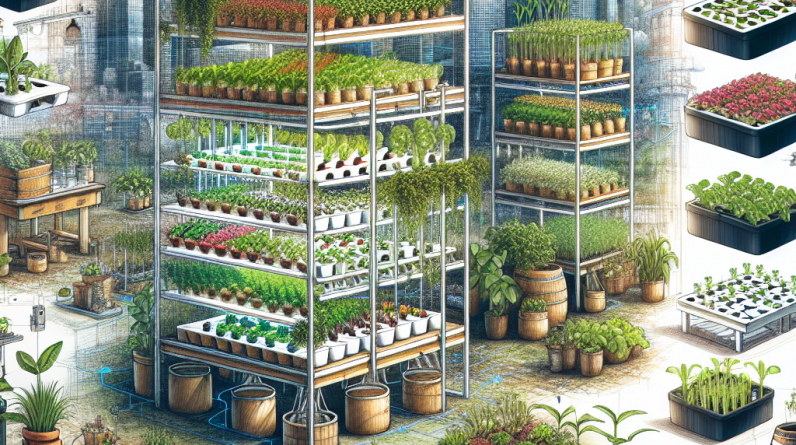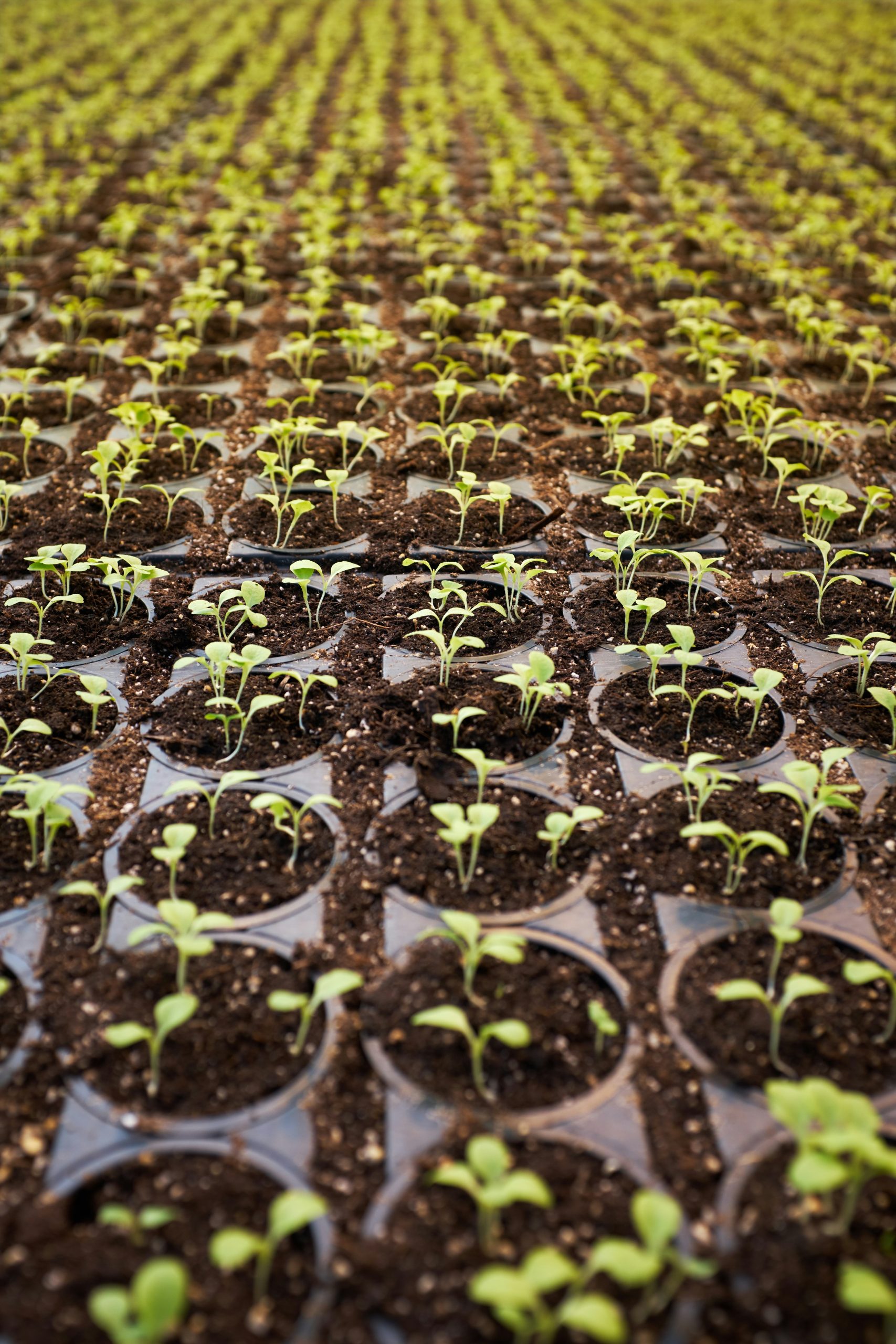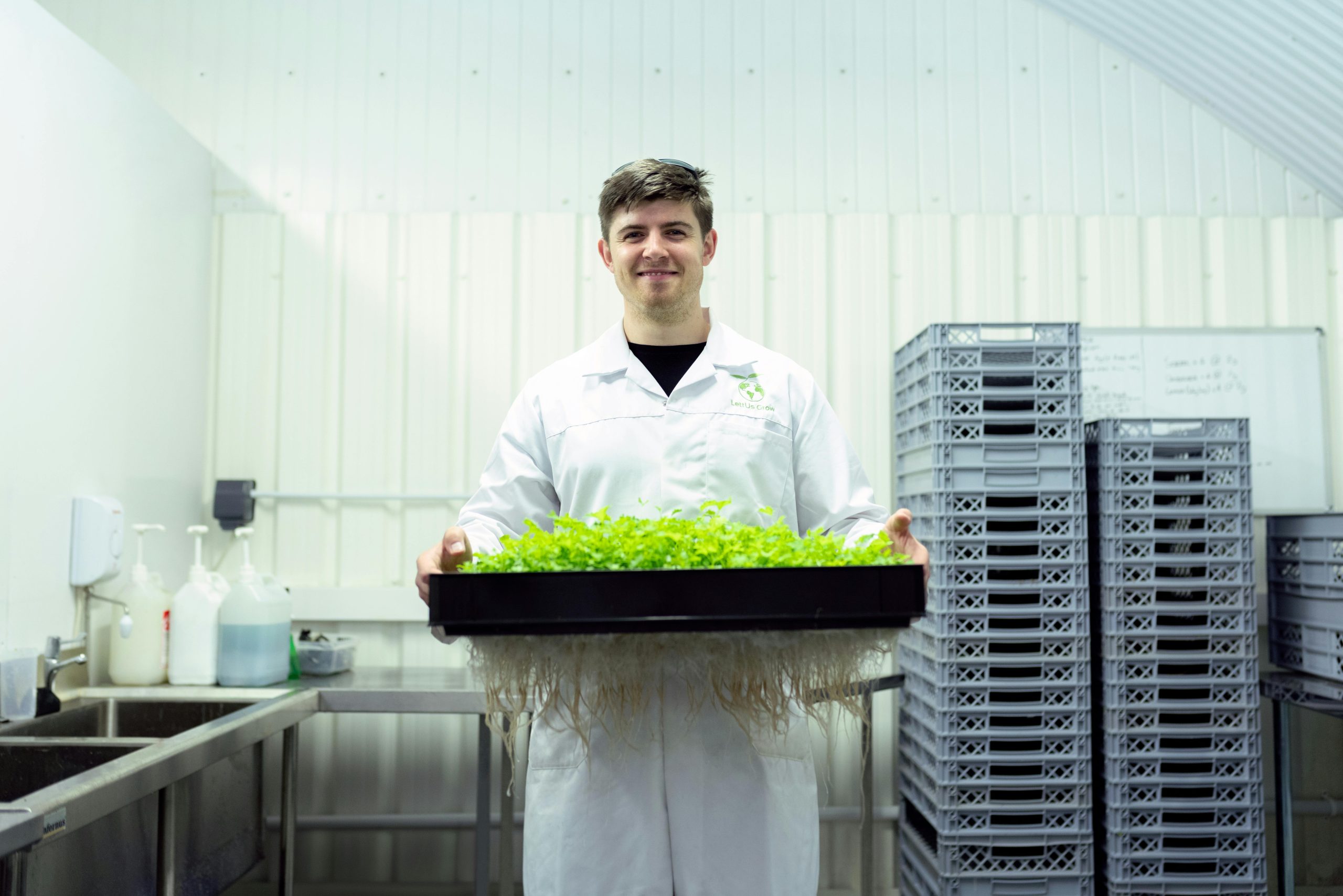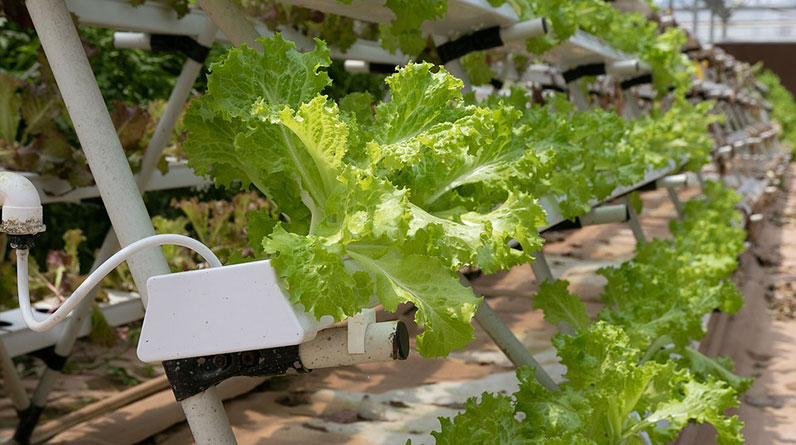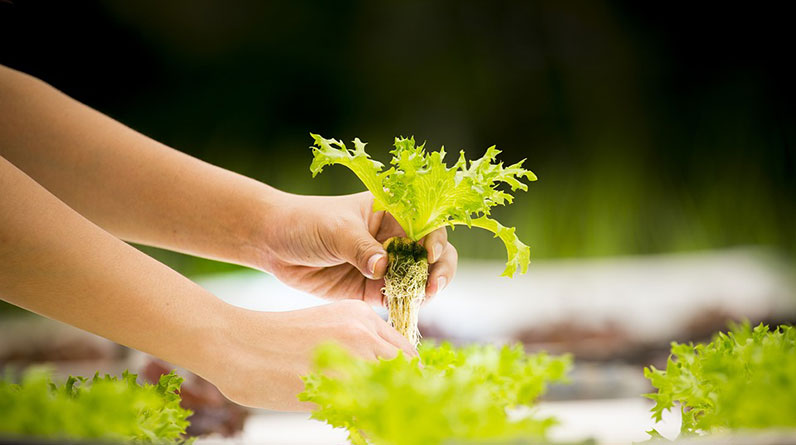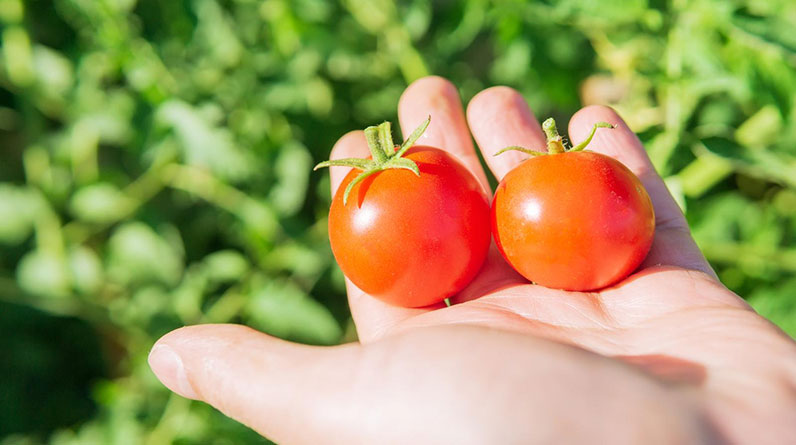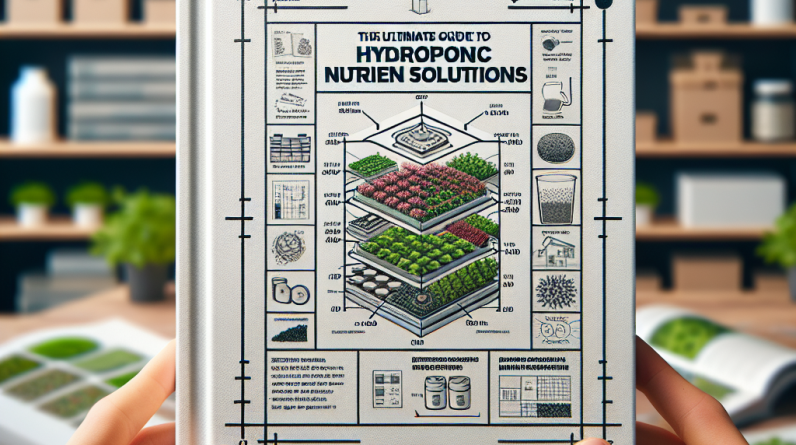
Understanding Hydroponic Nutrients
What Are Hydroponic Nutrients?
When I first started my hydroponic journey, I realized that understanding nutrients was key to success. Hydroponic nutrients are specific granular or liquid formulas that provide essential minerals and vitamins to plants grown without soil. Commonly, these solutions cater to varying plant needs, from leafy greens to fruiting plants like tomatoes. It’s quite fascinating how these vital ingredients can make or break your hydroponic garden!
These nutrient solutions typically consist of macronutrients and micronutrients. The macronutrients include nitrogen, phosphorus, and potassium. They are essential for plant growth and development. On the other hand, micronutrients, though required in smaller amounts, play crucial roles too, affecting everything from enzyme function to chlorophyll production. Learning what they are and how they interact with plants truly revolutionized my understanding of hydroponics.
Choosing the right nutrient solution can feel a bit overwhelming at first. But once you know your plant’s specific requirements, you’ll discover there are plenty of tailored solutions available in the market, or even through DIY methods. Trust me, having this knowledge is empowering as it allows you to be proactive in your gardening efforts!
Types of Hydroponic Nutrients
In my experience, you’ll come across two primary types of hydroponic nutrients: liquid and dry. Liquid nutrients are convenient and often easier to use, especially for beginners. I remember the excitement of pouring liquid nutrients into my reservoir and watching my plants respond almost immediately. It’s like instant plant happiness!
On the flip side, dry nutrients might require a bit more patience, but they can be more economical in the long run. They often come in concentrated forms and can last longer. I would mix these dry nutrients with water before adding them to my system, ensuring every droplet delivered everything my plants craved.
Regardless of your choice, the key is to ensure that your solution is well-balanced. I’ve seen how a poor nutrient mix can lead to deficiencies or excesses, ultimately stressing the plants. Keeping an eye on nutrient levels is crucial, and a good quality pH meter can save you a ton of time and energy!
Understanding pH and EC Levels
As I’ve wandered deeper into the world of hydroponics, I’ve come to appreciate the importance of pH and electrical conductivity (EC) levels. Maintaining the right pH ensures that plants can absorb nutrients effectively. Generally, most plants thrive at a pH range of 5.5 to 6.5. I remember the first time I tested my water; I was shocked to see the pH was off balance. Adjusting it promptly resulted in a noticeable difference!
Electrical conductivity measures the nutrient concentration in your solution. Higher EC values can indicate a richer nutrient solution, which can be great but also risky if it becomes too much. I learned to monitor this without fail, and it has dramatically improved my plants’ health. When I began adjusting both pH and EC, I noticed a boost in growth and harvest quality!
Utilizing tools like pH meters and EC meters has become second nature to me. It might feel like extra work at first, but trust me—getting a handle on these levels makes hydroponic gardening so much more rewarding in the long run.
Choosing the Right Nutrient Solution
Assessing Your Plant Needs
Picking the right nutrient solution can be a daunting task, but it doesn’t have to be! It all starts with understanding what your plant needs. Different plant types require different nutrient ratios, which can be a game-changer in promoting healthy growth. For instance, leafy greens often need higher nitrogen compared to flowering plants that crave phosphorous.
I remember scouring the internet for plant-specific nutrient formulas. I found that many reputable brands have well-marked labels indicating what each formula is best for. Learning how to read these labels and evaluate my plants’ needs helped me save a lot of trial and error down the road.
There are also specialized blends tailored for the growth stage of the plant, whether it’s seedling, vegetative, or flowering. I recommend keeping a journal to track your plant’s growth and their nutrient needs as they progress. This little habit has saved me countless headaches and has helped in predicting nutrient adjustments!
Commercial vs. DIY Nutrient Solutions
As I became more comfortable with hydroponics, I toyed with the idea of creating my own nutrient solutions. While commercial products are convenient and reliable, there’s something uniquely satisfying about whipping up my own blend. A few simple ingredients can go a long way—and it’s quite cost-effective too!
However, creating a DIY solution does come with its challenges. You have to ensure you’re getting the right nutrients in the right amounts. Initially, I made a few blunders that led to less-than-ideal results, but over time I perfected my recipes. There are lots of online resources and communities where you can learn from others, which really bolstered my knowledge.
In the end, whether you go commercial or DIY could depend on how hands-on you want to be. I personally love the flexibility of mixing up my own solutions at home while using commercial ones for certain crops. It’s all about finding the sweet spot that works for you!
Adjusting Nutrient Solutions
Adapting nutrient solutions is an art! Once I started understanding my plants’ needs better, I found myself regularly tweaking my blends based on their growth stages and environmental factors. Always remember that what works for one plant might not work for another, so keep that flexibility in your approach.
Temperature, light conditions, and even plant health play significant roles in determining how much nutrient solution to use. When I noticed a few of my plants looking a little pale, I took that as my cue to adjust the nutrient mix. Sure enough, within a few days, they bounced back. It was heartwarming to witness such a quick recovery!
Testing and adjusting your nutrient solution therefore becomes a routine worth adopting. Some growers even recommend performing a weekly check-up, ensuring everything stays in balance. It’s all about staying proactive rather than reactive, which ultimately leads to healthier plants and better yields!
Common Pitfalls in Hydroponic Nutrient Management
Nutrient Burn and Deficiencies
Ah, nutrient burn, my least favorite topic! It’s something almost every hydroponic gardener encounters sooner or later. I’ll never forget the time I accidentally upped my nutrient concentration too high, and my poor plants started showing signs of distress—crispy edges and yellowing leaves. It was heartbreaking!
Nutrient deficiencies can be just as tricky, leading to stunted growth and poor yields. From my experience, keeping a close eye on leaf coloration and growth patterns helps identify these issues early. A handy nutrient chart can be a lifesaver to figure out what kind of deficiency you’re up against.
Maintaining a balanced nutrient regimen is critical. It might feel like you’re walking a tightrope sometimes, but once you find that sweet spot, your plants will reward you generously with growth and abundance!
Overcomplicating the Process
When I first jumped into hydroponics, I made the classic mistake of overcomplicating things. With access to so much information, it was easy to get lost in the weeds (pun intended!). I tried to follow too many techniques at once, and as a result, my system turned into chaos. It took me a while to realize that simplicity often yields the best results.
After shedding some of that unnecessary complexity, I focused on a couple of core methods and refined them. What I found was that sticking to basic practices allowed for better monitoring and adjustment of my nutrient solutions. Often, it’s the simplest techniques that create the strongest foundation for growth!
So, take a step back and evaluate where you might be overthinking. It might just be the key to easing your gardening journey, freeing you to enjoy the beautiful plants you’re cultivating.
Forgetting to Monitor and Adapt
I’ve had moments where I went on autopilot, thinking my plants would thrive without a check-in. Spoiler alert: they didn’t! Regular monitoring became a non-negotiable for me. Sometimes, life gets busy, but those quick checks on pH and EC levels save a ton of hassle later on.
Being consistent with the monitoring helps you adapt to changes in your plants’ growth patterns or environmental impacts, especially if you’re growing indoor versus outdoor. I also learned to take notes of any adjustments I made, which helped in tracking what worked and what didn’t.
Ultimately, taking the time to make observations and adjustments keeps both you and your plants engaged in the process. It really enhances not just the growth but also your enjoyment of the entire hydroponic experience!
Conclusion
Throughout my hydroponic adventure, I’ve learned that managing nutrient solutions is an evolving process filled with both challenges and rewards. Embracing knowledge about hydroponic nutrients and finding what works best for both my plants and me has truly been a fulfilling journey. Remember, practice makes perfect, and every plant teaches us something new!
FAQ
1. What are hydroponic nutrients?
Hydroponic nutrients are specific formulas that provide essential minerals and vitamins to plants grown in water, instead of soil. They consist of macro and micronutrients crucial for plant health.
2. How do I choose the right nutrient solution?
Start by assessing your plant’s specific needs based on its type and growth stage. Consider if you want to purchase a commercial solution or create a DIY blend based on researched recipes.
3. Why is pH important in hydroponics?
pH levels affect nutrient absorption. If the pH is too high or low, plants may struggle to take up essential nutrients, leading to deficiencies or toxicities.
4. What are common signs of nutrient deficiencies or excess?
Nutrient deficiencies can show up as yellowing leaves or stunted growth, while excess can cause burnt leaf edges or wilting. It’s crucial to regularly monitor your plants to catch these signs early!
5. How often should I monitor my nutrient solution?
A good practice is to monitor your nutrient solution weekly, checking both pH and EC levels. Frequent checks allow you to adapt your solution to your plants’ changing needs promptly!
Related Content
- The Ultimate 2025 Guide to 10 Effective Small Hydroponic Grow System Strategies
- The Ultimate Guide to Hydroponic Farming at Home in 2025: 10 Effective Tips to Grow Like a Pro
- Why Hydroponic Lighting is Essential for Indoor Growth
- The Ultimate Guide to the 10 Best Hydroponic Plants for 2025
- The Ultimate Guide to Deep Water Culture Hydroponics in 2025: 10 Effective Strategies to Boost Your Harvest


